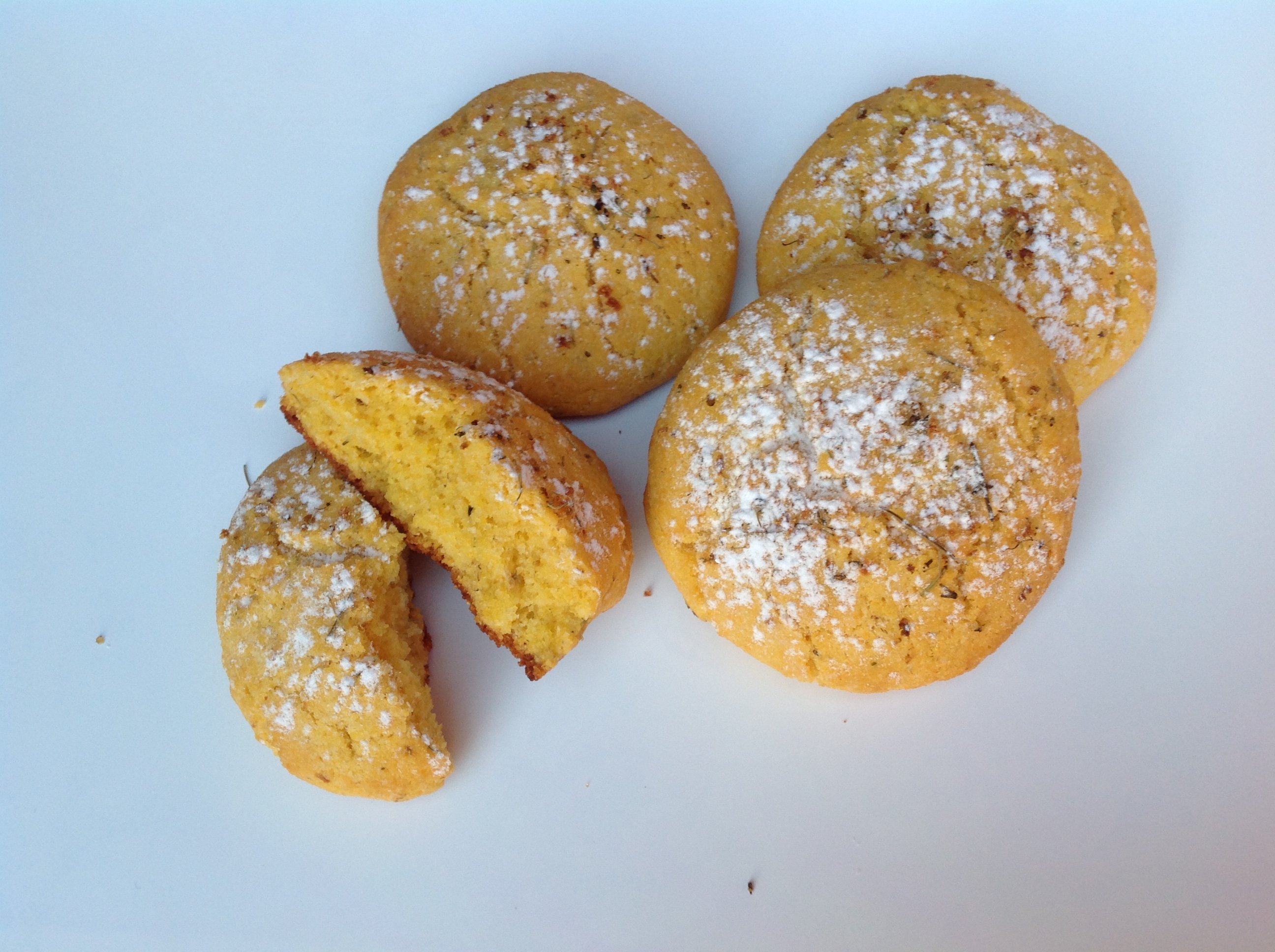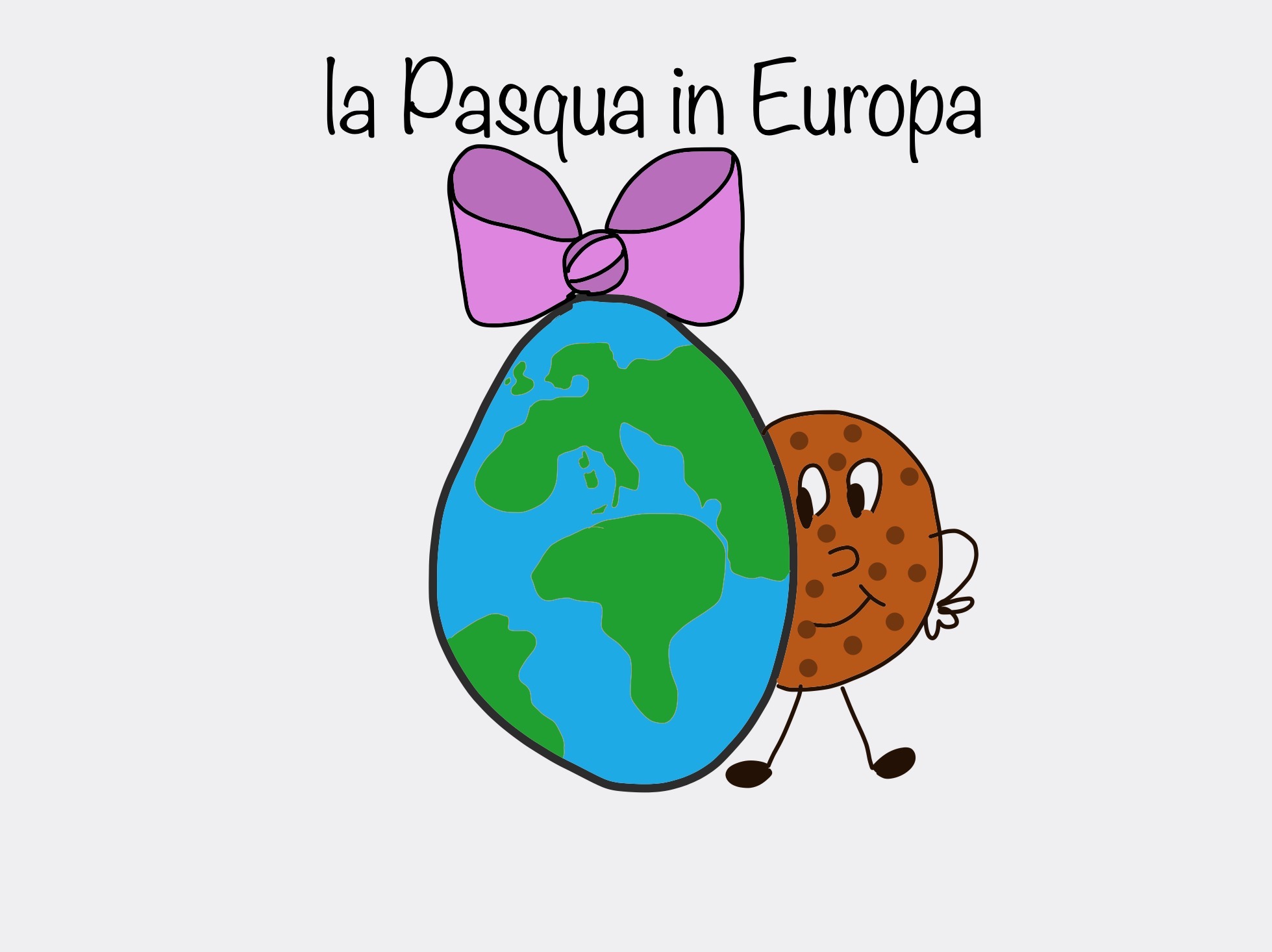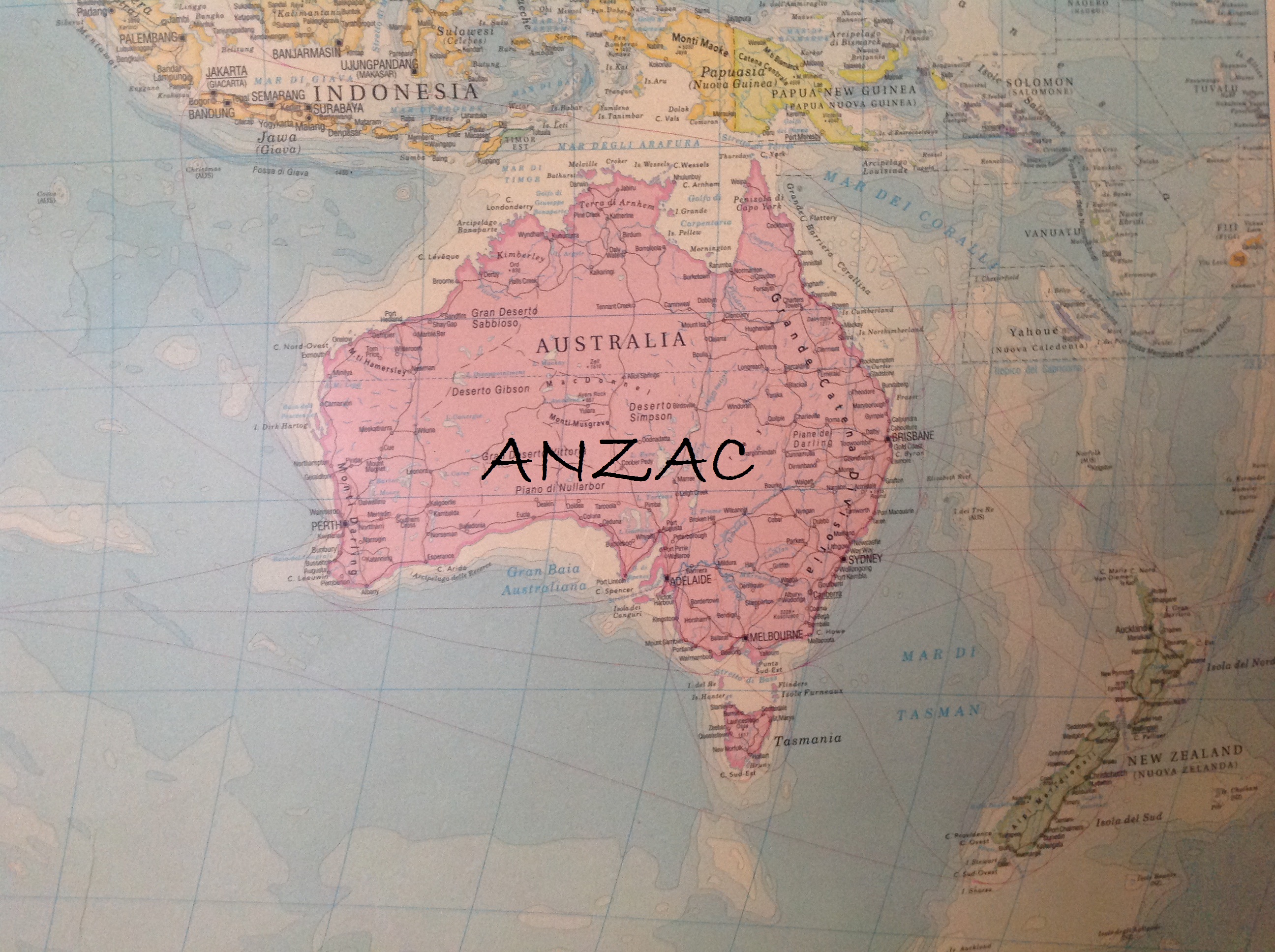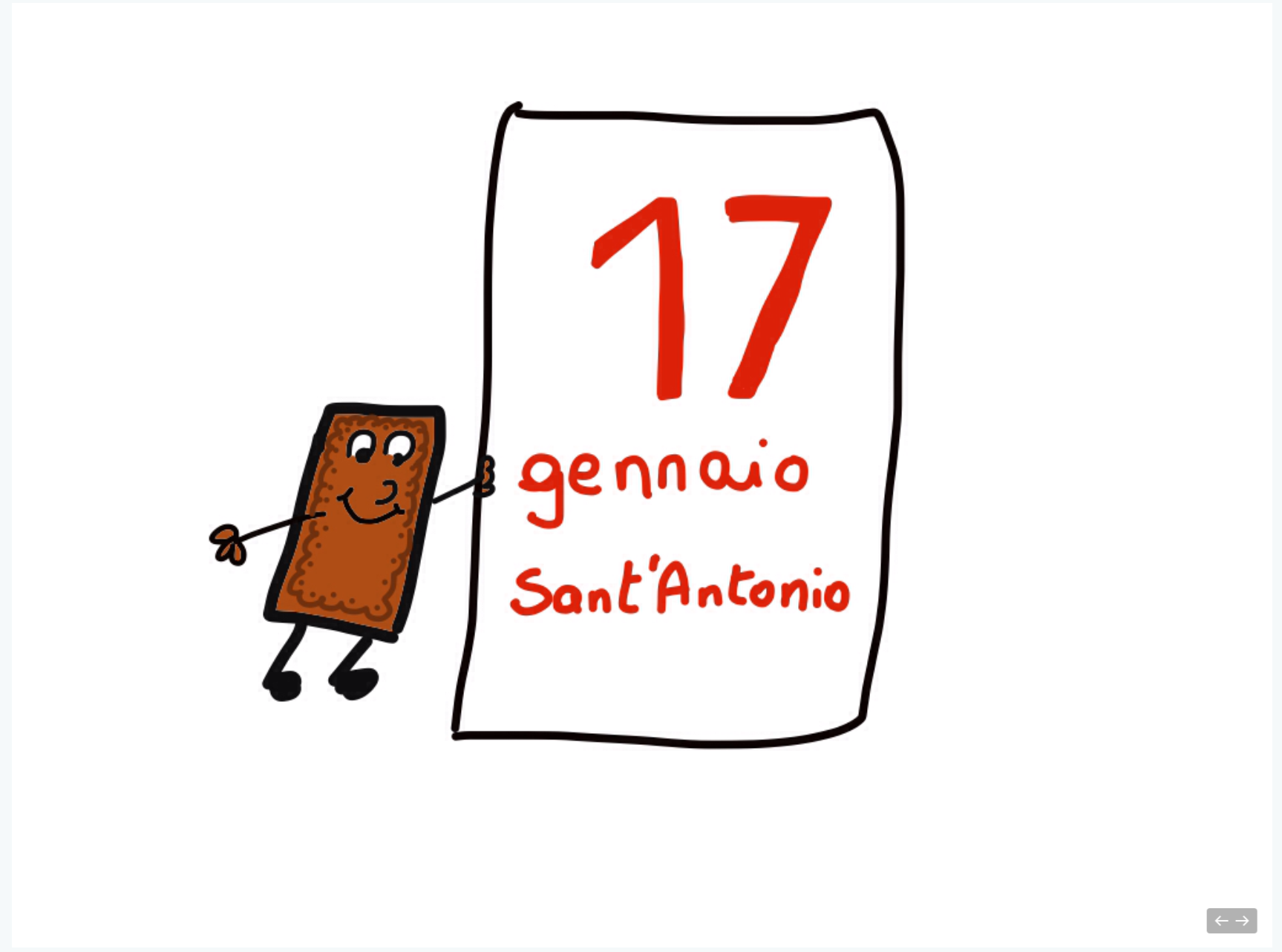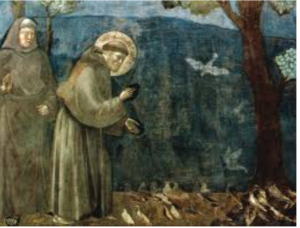
Pan de Mej: taste of tradition and stories of brigands
The history of the Pan de Mej (or meino bread) starts in the south of Milan, outside Porta Lodovica and at the intersection of today’s via Corrado il Salico with via Verri.
During the Middle Ages, this area was a suburbs, and it was covered by a dense thicket interrupted by some rural village that was annexed to the City of Milan only in 1873.
According to the chronicles in the year 1342, on St. George eve, celebrated on April 23 rd, for the umpteenth time the inhabitants of the village were attacked by a handful of bandits. They were soldiers of fortune, criminals, unscrupulous men who had tormented the inhabitants of the area for years, looting their homes and using violence and abuse every day: they were led by the bloodthirsty brigand Vione Squilletti.
However on that St. George eve, the coup for the bad guys did not go well. The Lord of Milan, Duke Luchino Visconti, arrived just in time and, with the audacity of his spearmen, made out all the brigands, hitting their leader to death, Vione.
That night and the following day, April 23 rd, the inhabitants of the village celebrated the liberation from the torment that had long distressed their lives, offering to the soldiers of the duke the “pan de mej” and the “panera” (the cream of milk collected by outcrop).
In the following years, the day of San Giorgio was for a long time the date in which in the countryside around Milan contracts were signed between herdsmen and milkmen and a good omen was eaten the pan de Mej. On the site of the battle was placed a stone with the image of St. George and the dragon accompanied by the commemorative inscription “Here died Vione”.
This site is now incorporated into the city, and became the district of Morivione and there, until a few decades ago, the old Milanese went to celebrate April 23 rd, eating the bread and drinking panera.
Beautiful rural tradition, which smells of good.
It ‘s time for us to eat the pan de mej, but ….. beware of the ghost of the brigand Vione !!!
Mara

